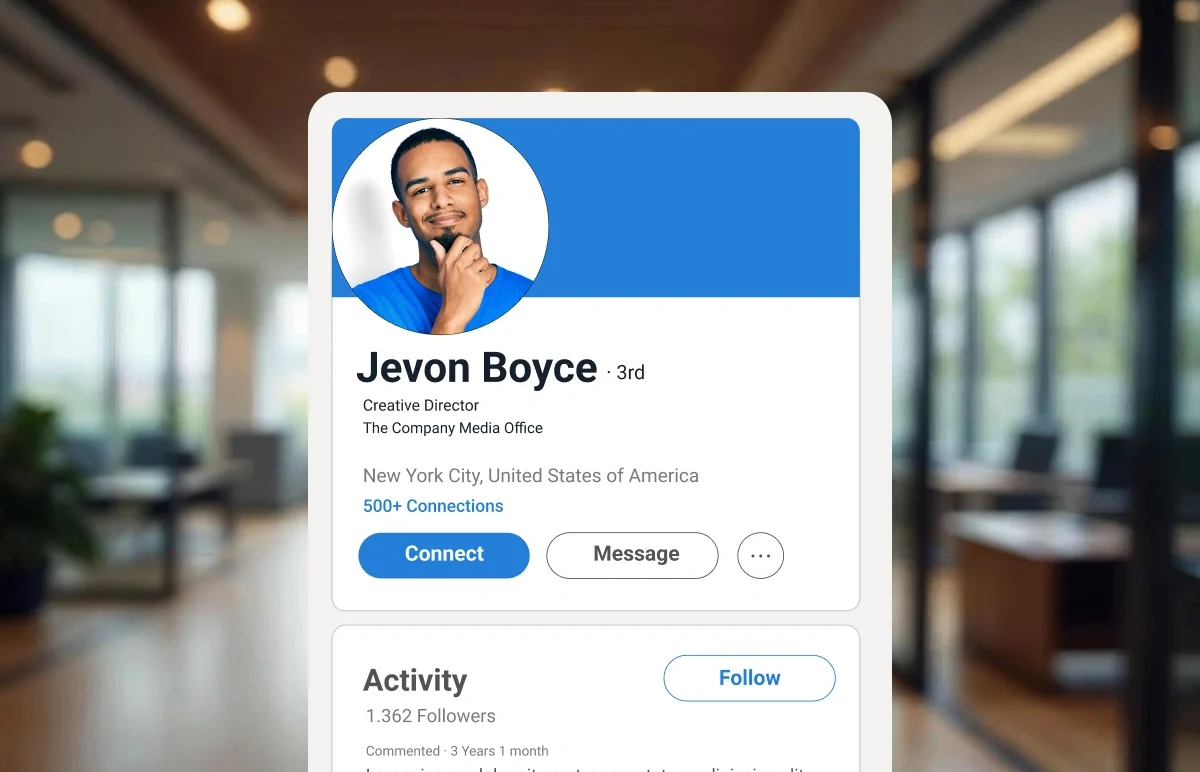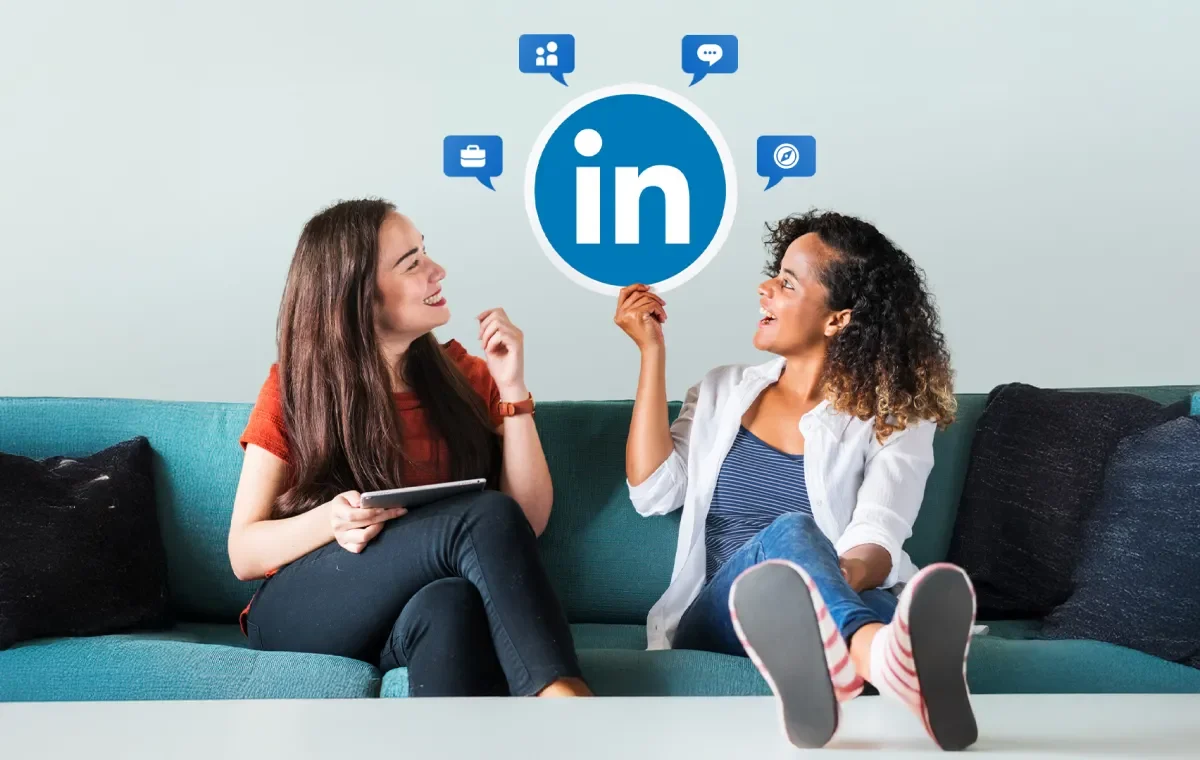LinkedIn is changing. And if you’ve been on the platform, you’ve probably felt it too.
The feed looks different.
Content behaves differently.
And networking isn’t just about connection requests anymore; it’s about credibility, trust, and meaningful conversations.
In 2025, LinkedIn updates have quietly changed how professionals show up and get discovered: smarter AI career tools, advanced post analytics, verified identity features, and even a new home for vertical video.
These aren’t just “nice to know” updates; they’re the kind that drive how authority is built and opportunities are earned on the platform.
So, if you treat LinkedIn as a serious tool for influence, career growth, or business building, this blog post is for you.
Let’s get started.
Top 7 LinkedIn Features to Use in 2025
1. AI-Powered Job Search and Career Coaching
Who It Helps: Job seekers, professionals planning a career switch, and recruiters.
New LinkedIn updates include two powerful AI-driven features designed to make career growth smarter and more personalized: the AI Job Search tool and the AI Career Coach, both available to Premium users.
The AI Job Search tool takes the guesswork out of finding the right opportunities. Instead of endlessly scrolling, you can describe the kind of role you’re aiming for, and LinkedIn’s AI suggests relevant jobs, updates your profile recommendations, and highlights skills that can strengthen your visibility in searches.
Meanwhile, the AI Career Coach, built into the LinkedIn Learning platform, acts like a personalized career assistant. It helps you plan your career path, identify skill gaps, and even provides advice on courses or certifications to help you grow.
These tools work together to give professionals a clear sense of where they stand in the job market and how to move forward strategically.
How to Put it to Work:
Try entering a prompt like “Hybrid marketing role with leadership growth and analytics focus” in the Job Search tab to see how the AI customizes your results. Then, head to LinkedIn Learning → Career Coach to explore personalized learning paths for those roles.
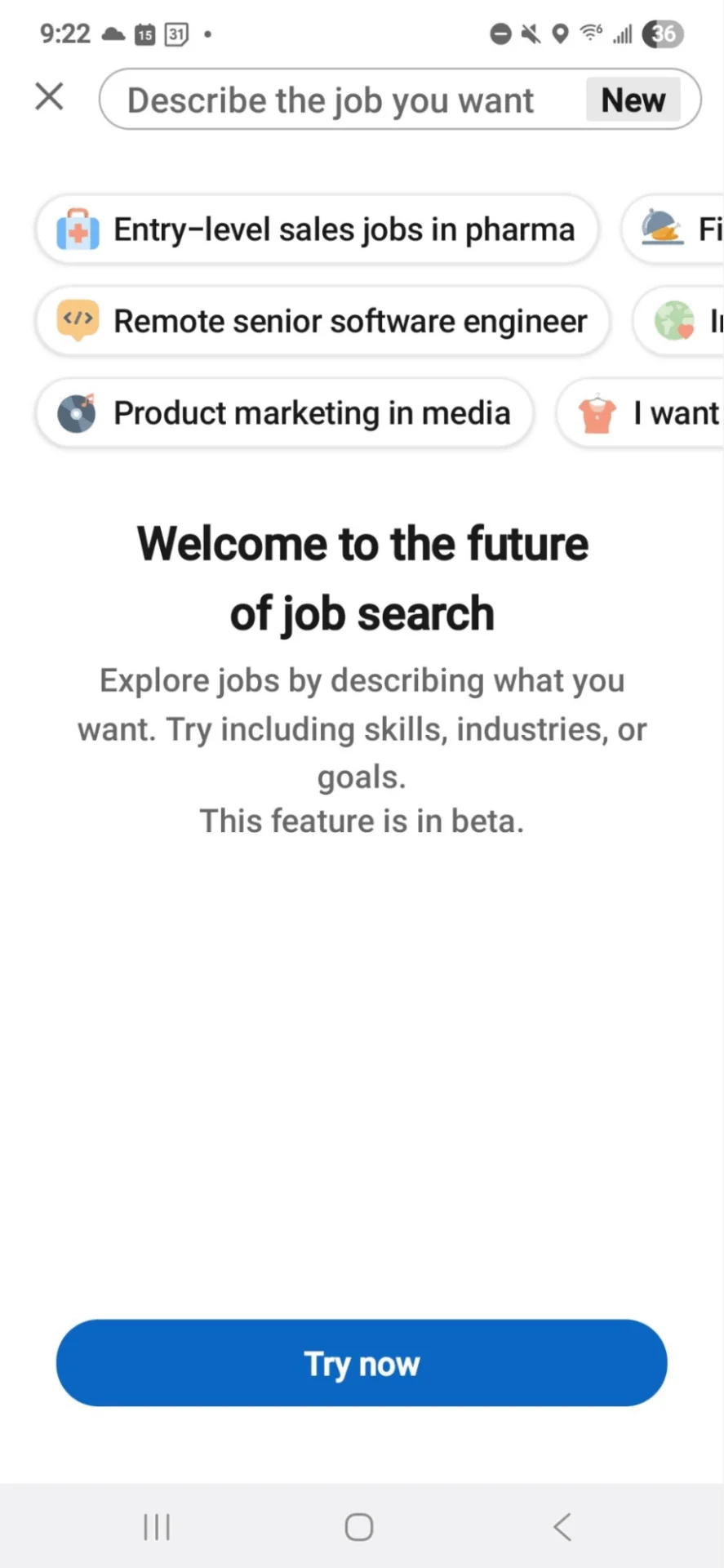

It’s a quick credibility boost, especially when paired with skill assessment badge posts and a well-written About section that highlights your professional strengths.
Note: Both tools are currently available only to LinkedIn Premium subscribers.
2. Advanced Content Analytics (Now Includes “Saves” and “Sends”)
Who It Helps: Marketers, creators, and brands focused on performance.
The platform has rolled out richer metrics under your post analytics, meaning you can track not just likes and views, but saves and sends, which tell a deeper story about how your audience treats your content.
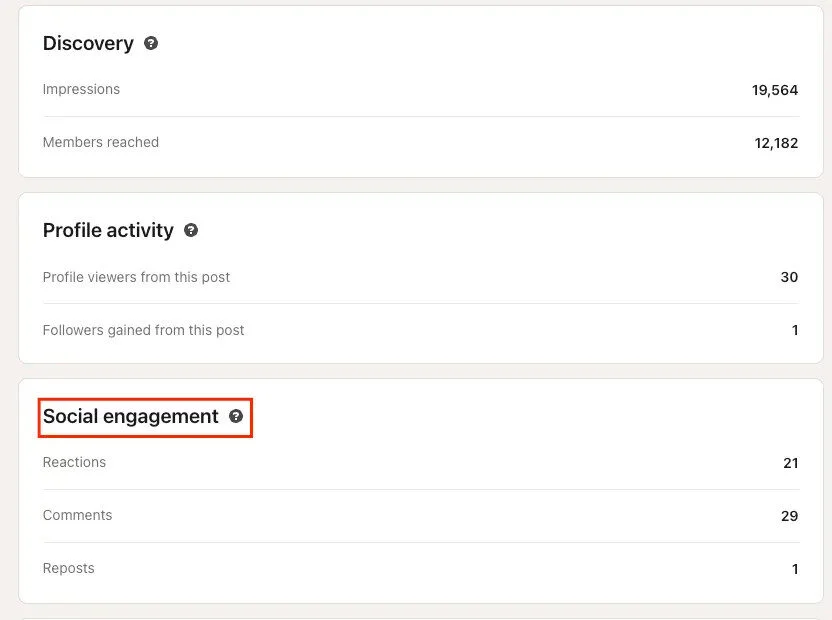
Why It Matters
A “like” is fine, but…
A save means someone found your post worth returning to.
A send means they thought enough of it to share privately. These are stronger signals of value, which means if you build your content strategy around what gets saved and shared, you’re actually driving engagement.
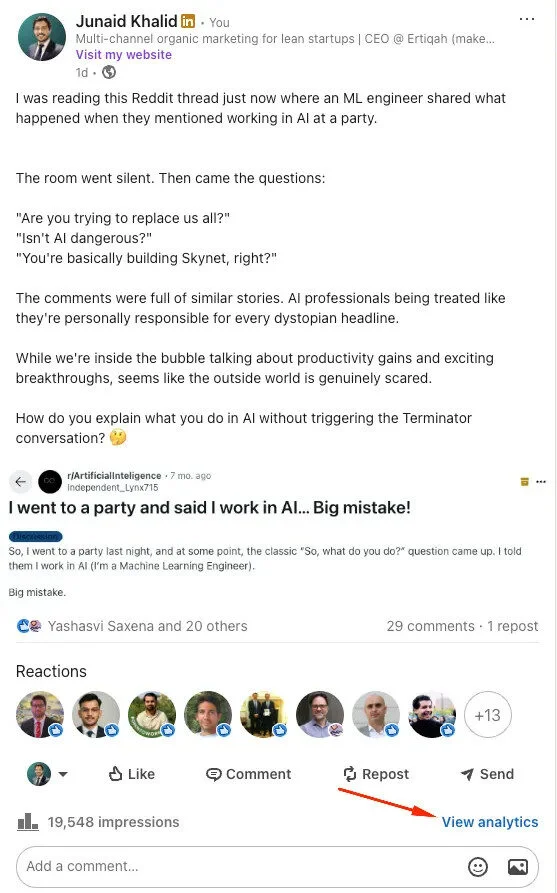
For agency marketers or company‑page admins managing multiple profiles, these insights help refine your engagement tools, save time on content that doesn’t work as expected, and focus more on what builds your brand’s authority and connection on the LinkedIn platform. To take this further, explore our in-depth article on LinkedIn marketing strategies.
How to Put It to Work
- In your analytics dashboard, sort posts by “Saves” or “Sends” in the past 30 days.
- Identify your top 2‑3 posts in those metrics — what did they have in common? Topic? Format? Length?
- Repurpose that style into an organic post or even a LinkedIn newsletter to turn that insight into funnel growth or thought‑leadership.
- For company pages, use this data to feed your content strategy and schedule posts using your social scheduling tools (like SocialPilot).
- Bonus: Use the numbers to test formats. For example, vertical video vs. static images, and track changes in “save” & “send” rates.
3. Expansion of Verified Identity and Credentials
Who It Helps: Recruiters, professionals, brands, and agencies.
LinkedIn has expanded how you verify your professional identity and credentials, from confirming your government-issued ID to validating your employment through company email or Microsoft Entra authentication.
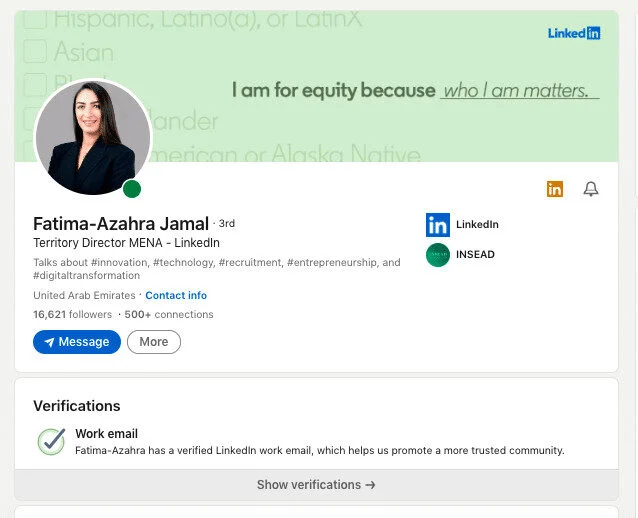
This update matters because in a world full of fake profiles, AI-generated headshots, and questionable credentials, verification has become a signal of credibility and trust. If you manage a company page, work in hiring, or build personal authority, that verification badge makes your profile instantly more reliable.
How It Works
Visit your own LinkedIn profile, open the “Resources” tab (visible to you only), and click “Verify your identity.”
You can verify through:
- Government-issued ID (via CLEAR or Persona) – confirms your personal identity.
- Work email verification – confirms your current employment (available only if your company domain is supported).
- Microsoft Entra verification – validates your workplace identity for enterprise organizations.
Note: Not all companies are eligible for email verification yet.

Once verified, a badge appears under “About this profile,” confirming your identity or employment status.
For recruiters or agencies, encouraging verification among your team or clients can improve trust in outreach, talent sourcing, and partnership discussions.
4. Vertical Video Content and a Dedicated Video Feed
Who It Helps: Creators, marketers, and thought leaders.
LinkedIn is stepping into the short‑form video era with a new vertical video feed and full‑screen mobile experience, designed to align with how professionals consume content today.
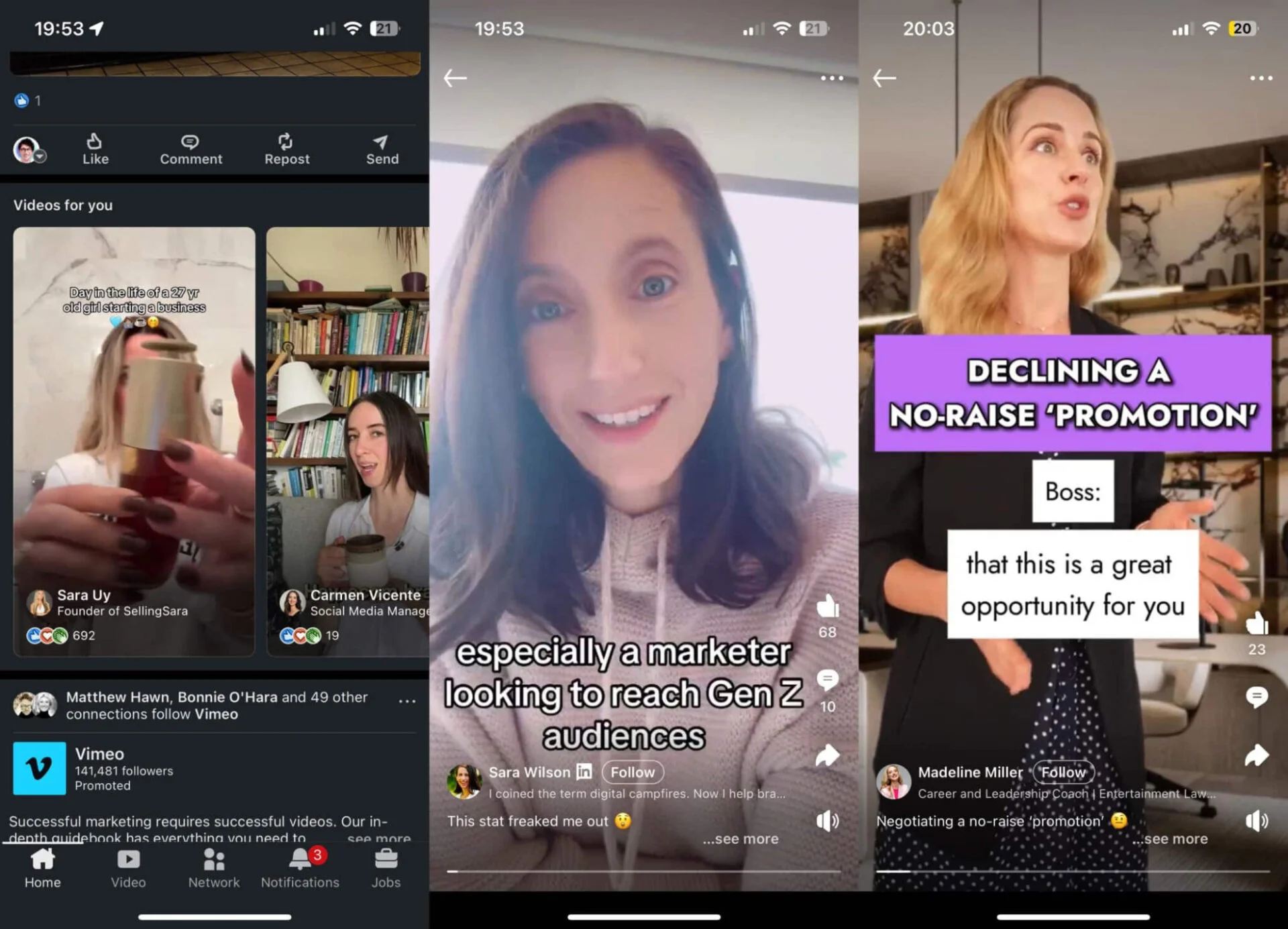
Why It Matters
Video content inherently drives higher engagement, and with LinkedIn updates like the new vertical format optimized for mobile, it takes up more screen space, helping to stop the scroll. In fact, vertical videos receive 58% more engagement on mobile compared to landscape formats, making them a key strategy for anyone looking to increase their reach and interaction.
This update lets you deliver insightful content (not just random clips) in formats built for impact: thought leadership, behind-the-scenes looks, and deep dives into topics that matter to your audience.
How to Use It
- Record a 20–45 second vertical video (1080 x 1920px for mobile).
- Upload it via the Post Composer on LinkedIn.
- Add subtitles and captions (to boost accessibility).
- Publish it under a content theme that resonates with your audience.
Premium users also get access to watch-time analytics and drop-off rates, which can help create your future video strategy and analyze what works best. For a complete walkthrough of formats and strategy, check out our guide on LinkedIn video best practices.
Tip for Maximum Reach:
Take your most‑popular written post (check your “Saves” for it), and turn its key idea into a 30‑sec vertical video. Start with the hook “Here’s what no one tells you about …” Then monitor watch‑time and comments, and repurpose it into a longer LinkedIn newsletter or document post.
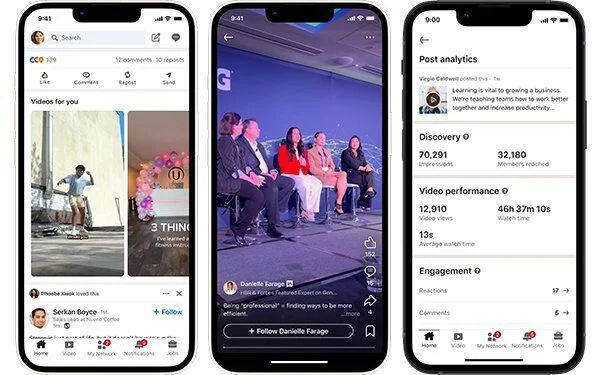
5. Gamification (In-App Games like Mini Sudoku and Zip)
Who It Helps: Casual users, employers, and community teams.
LinkedIn has introduced in‑app games like Mini Sudoku and Zip as part of a broader effort to make the platform more interesting, especially for users who log in frequently but aren’t always there for traditional networking or job hunting. This gamification initiative is designed to boost engagement in a fun, casual way, driving daily activity and interaction.
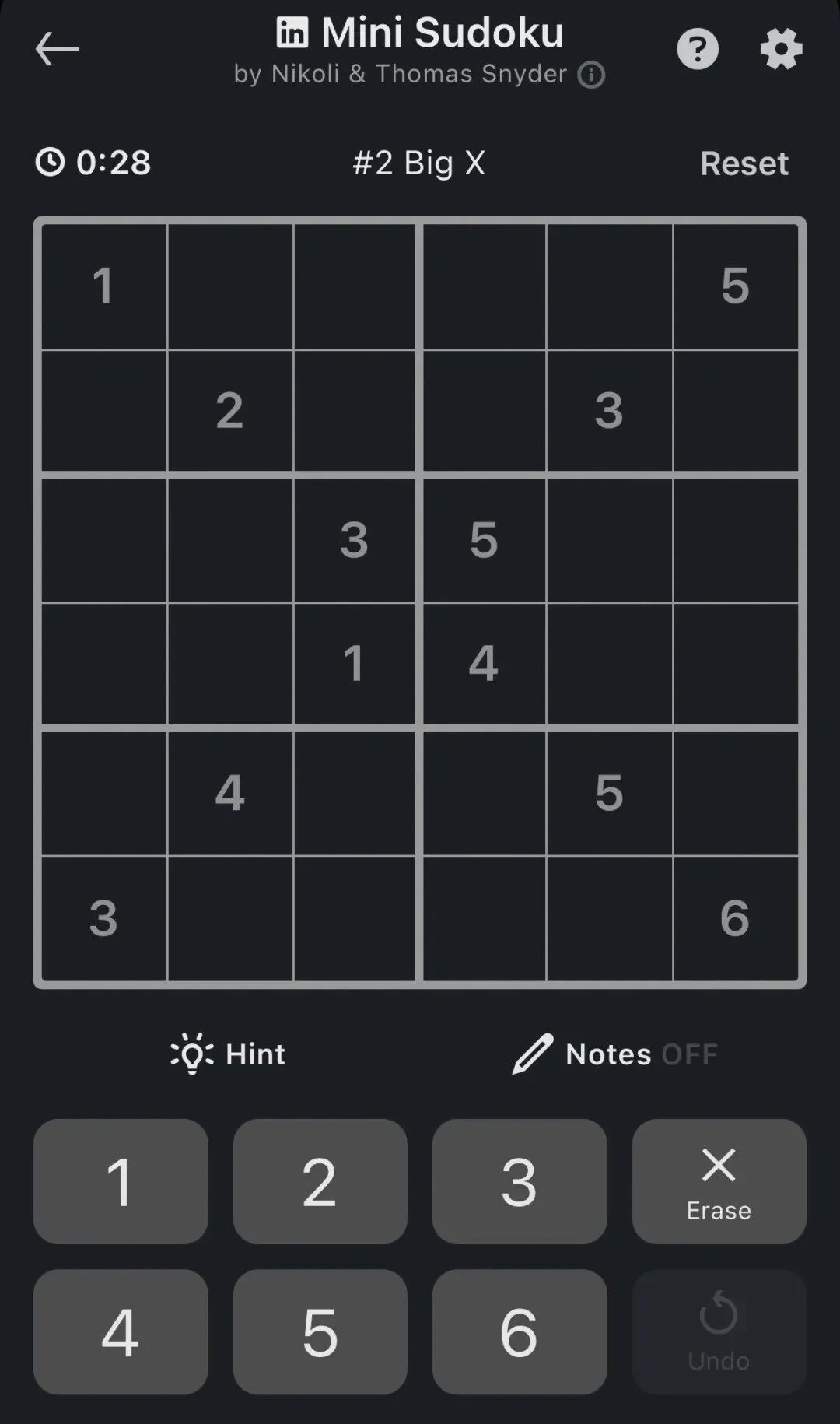

Why This Feature Matters
For employers and community teams, using games as engagement tools can help strengthen internal culture or build a gold community through friendly competition. LinkedIn is acknowledging that professional platforms can blend community building with entertainment, and these games help nurture that connection by encouraging people to come back to the platform regularly.
It is less about competition and more about getting users invested in the platform’s ecosystem.
How to Make the Most of It
- For casual users: Log in and engage in the in‑app navigation options. This will keep you more active on the platform and expose you to more relevant content.
- For employers: Encourage employees to participate as part of a broader engagement or team-building activity. It’s a fun way to keep your staff engaged without the pressure.
- For community managers: Use gamification as a tool to increase participation in your LinkedIn groups, or even for encouraging people to interact with premium publisher content. Creating informal challenges within your community could lead to more visibility and involvement.

6. “Actively Reviewing Applications” Visibility
Who It Helps: Recruiters and job seekers.
One of the most frustrating parts of job hunting is the waiting, especially when you have no idea whether an employer is actively reviewing applications or if you’re lost in a sea of resumes. With LinkedIn’s “Actively Reviewing Applications” visibility feature, applicants now know when their applications are being actively considered.

Why It Matters
- For job seekers, this update provides peace of mind. You no longer need to wonder if your application was lost in the shuffle.
- For recruiters and hiring managers, this visibility provides transparency to candidates, letting them know that they’re still in the running or that you’re still reviewing their materials. It’s a small change that creates a huge boost in candidate engagement.
- For recruiters, the transparency also means you can set clear expectations, improving the overall candidate experience and making your hiring process smoother. This is especially key for recruiters in industries with high volumes of applications.
How to Use It
- For job seekers: Pay attention to the “Actively Reviewing Applications” tag on job postings. This indicates that recruiters are actively considering candidates for the role, so you know to prioritize these opportunities.
- For recruiters: Toggle this feature on when actively reviewing applications to let candidates know you’re taking a close look at their profiles. This increases trust and engagement.
Tip: If you’re actively hiring, use this visibility feature to engage with your applicants. Include a short personalized message letting them know you’re reviewing their application. Even a simple acknowledgment helps create a positive experience and enhances your employer brand.
7. User Control Over AI Data Usage (Opt-Out Option)
Who It Helps: All users, especially brands and privacy-aware professionals.
LinkedIn has introduced a new setting that lets you decide whether your data is used for AI features and model training. This is especially relevant for those building a professional presence, managing company pages, or using the platform for strategic content and brand growth.
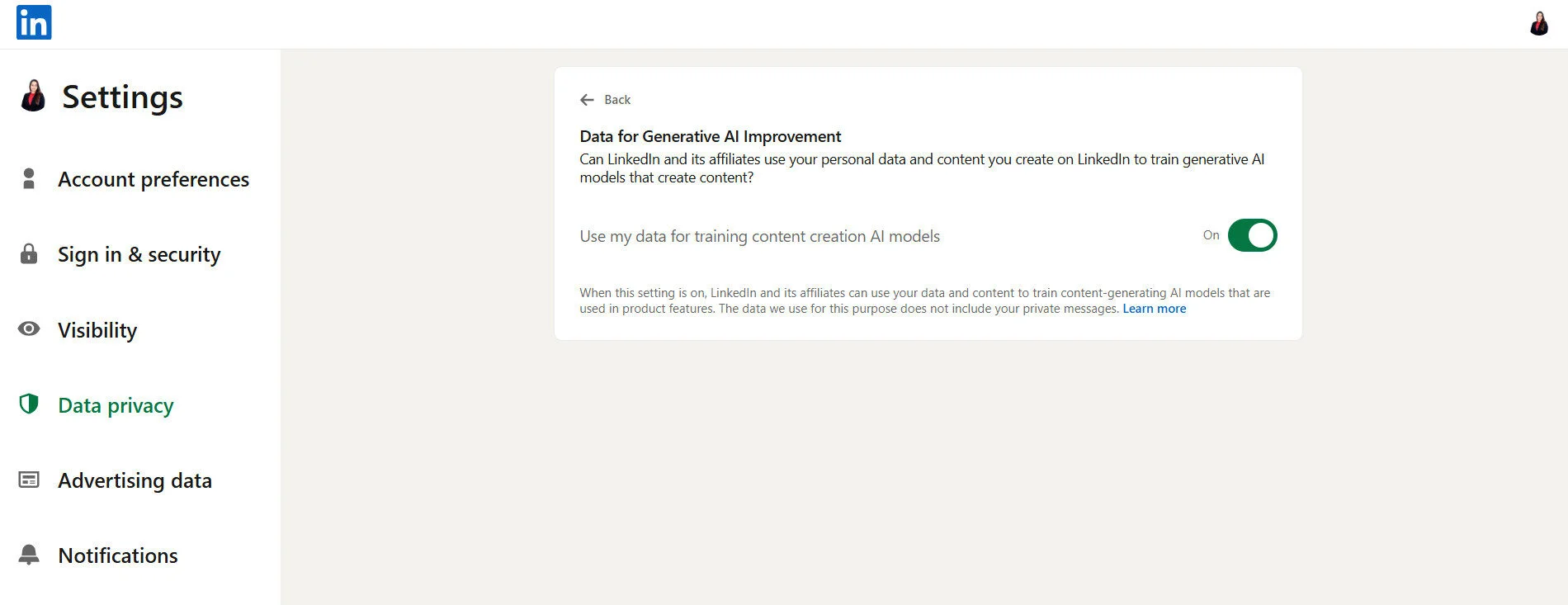
Why It Matters
Your profile, posts, and professional data on LinkedIn can influence more than just your network; they may be used to train AI tools, improve content strategy, and enhance targeting for video ads and suggested posts. If you’re invested in your professional identity, company reputation, or managing multiple pages, having control over how your data is used matters more than ever.
This change is part of LinkedIn updates aimed at improving user privacy and transparency, giving you more control over how your data is used on the platform.
How to Make It Work for You
- Go to your profile picture dropdown → Settings & Privacy on desktop or mobile.
- Navigate to Data privacy → “How LinkedIn uses your data”.
- Find “Data for Generative AI Improvement” and toggle Off to stop new data from being used for AI training.
- Review older posts, documents, and shared content if you’re managing a brand or agency. This ensures you maintain consistent professional credibility and reduce unintended exposure.
Tip: If you manage a premium company page, consider announcing your privacy stance publicly (e.g., in your About section or posts) to signal transparency and build trust with your audience. This aligns with community building and strengthens your professional brand.
Which LinkedIn Features You Should Try First (Based on Your Goals)
| Persona | Goal | Must-try Features | Why It’s Worth Your Time |
| Marketers & Brands | Strengthen LinkedIn presence and increase engagement through better content creation. | Advanced post analytics, Vertical video content, Verified Identity | Understand what organic posts your audience saves, use short-form video clips to increase engagement, and build credibility for your company pages. |
| Recruiters & HR Teams | Speed up hiring and connect with genuine job seekers | AI-Powered job search tools, “Actively Reviewing Applications,” Verified professional licenses | Use AI features to identify suitable candidates, highlight job preferences, and improve trust through verified credentials. |
| Job Seekers & Professionals | Find relevant jobs and show skills confidently | AI Job Search, “Actively Reviewing Applications,” Skill assessment badge posts | Get personalized guidance from new AI-powered job search tools and display verified academic qualifications to stand out. |
| Creators & Thought Leaders | Grow LinkedIn profile and reach targeted users | Vertical video ads, New post analytics, Verified Identity | Share value-driven organic posts, track saves and shares, and use verified status to gain trust and attract new followers. |
| Privacy- Conscious Users | Take control of data on the LinkedIn platform | AI Data Usage Opt-Out, Verified Identity | Manage how your data supports AI tools while maintaining transparency and a professional presence. |
Beyond the Resume
These new features paint an entirely different picture of LinkedIn. A platform that was once seen as just a digital resume or job-hunting application is now so much more; it is an entire ecosystem for professional growth and brand development.
From AI-powered job search tools to advanced content analytics and verified identity features, these changes reflect a shift toward smarter, more meaningful engagement on the platform. You could be growing your brand, seeking new opportunities, or building stronger teams, and these LinkedIn updates will give you new ways to connect with your audience and get noticed.
So, what are you waiting for?
Your whole new arsenal remains unopened.



